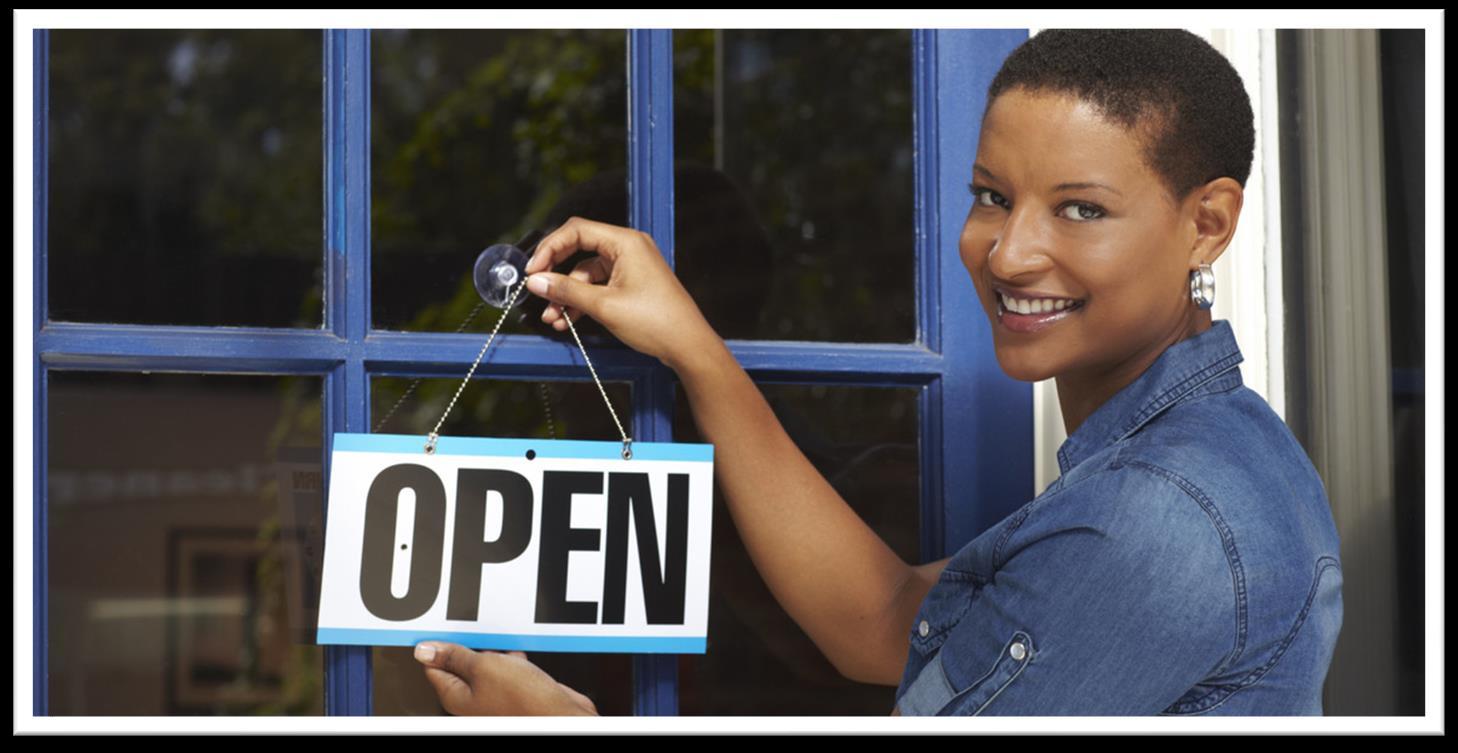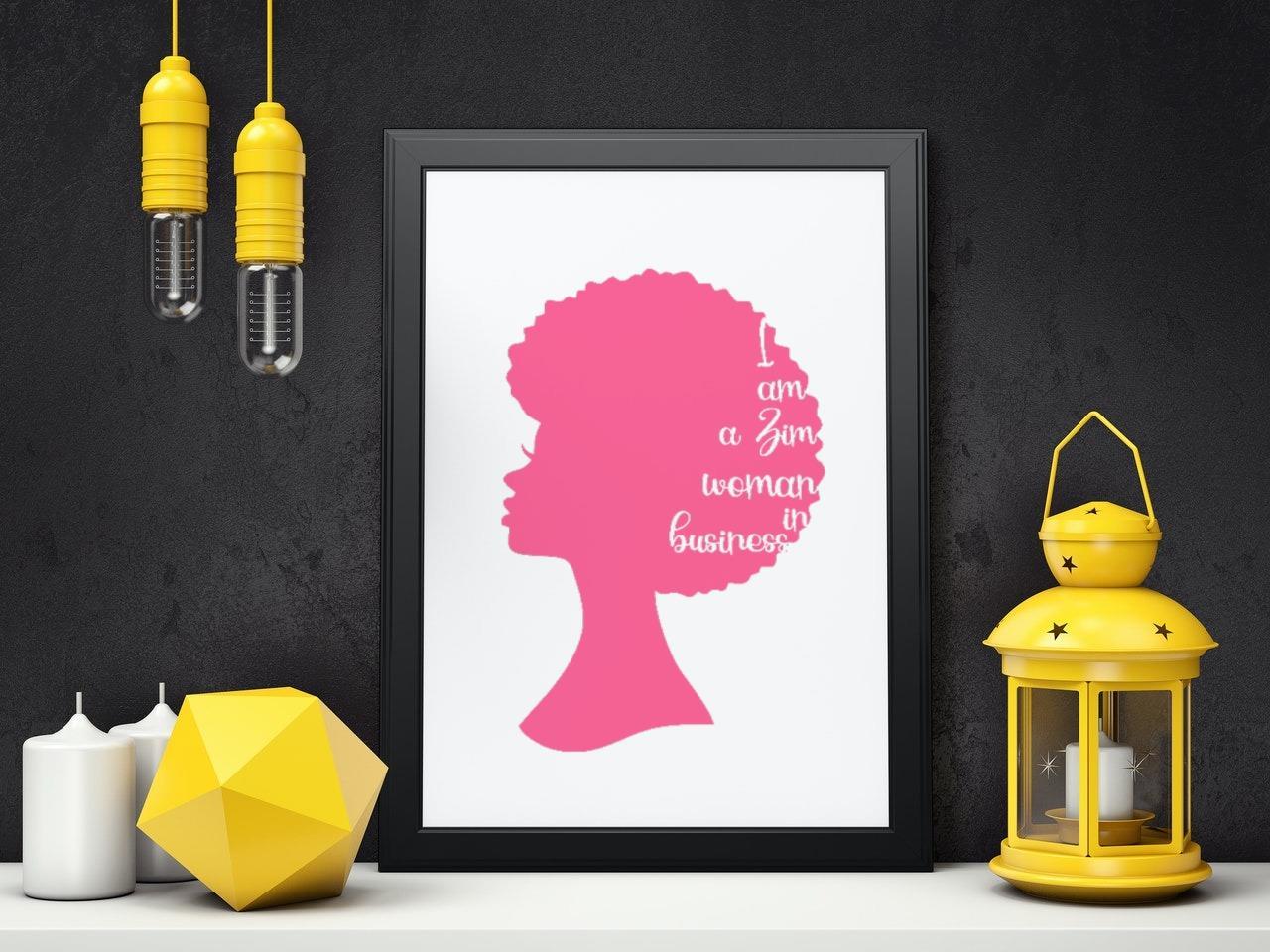
3 minute read
Upcoming Trends For Female Entrepreneurs In 2023
Today there is more registrationsof Small and Medium Enterprises companies by women around the country.
As female-led organizations continue to grow year after year, so does the positive impact they have on our economy and the jobs they create. Hereare five upcomingtrends for female entrepreneursand innovators to keep on your radar:
Advertisement
Over the last 5 years, we’ve seen a 100% increase in the number of female entrepreneurs emerging all around Zimbabwe, Between 2020 and 2021 alone, the number of female entrepreneurs who own small businesses and franchises increased ,proving that even a pandemic can’t slow down the rise of female startups.
What’s even more interesting is the positive impact female-run organizations have on the economy.
Globally studies show that on average, female-led organizations show an 84% growth rate since their inception, compared to a 78% growth rate for male-owned companies.
Considering only 23.8% of women receive funding (compared to 33.9% of male entrepreneurs), the difference between growth rates speaks volumes about the potential for female startups, the job opportunities they can provide, and the return-on-investment stakeholders may see if they choose to work with female entrepreneurs.
In fact, the total global income of women is expected to increase by more than $5 trillion over the next five years.
Embracing New Business Models
While the reasons women choose to start their own companies vary, Zimbabwe Women-Led Micro Enterprises (ZWL-SMEs)reports that of the female entrepreneurs interviewed, 39% said they were ready to be their own boss, 20% shared that they wanted to pursue their passion.
This may be why we’re starting to see female-led companies emerge that are more willing to embrace new business models and non-traditional structures.
Female-ownedbusinesses aremore likelyto embraceremoteand hybrid work environments and flexible schedules.
Article by Victoria Chidarikire Founder & Head Of Operations Zimbabwe Women Led Micro Enterprises
They’re also more likely to give employees more autonomy over their work and develop diverse leadership teams. This encourages a broader range of perspectives, which often helps female-led businesses make more informed decisions about the product and services they develop and how they market them.
According to the ZWL-SMEs research 90.3% of the organizations women own are considered micro-businesses, compared to 82.3% for men.
While definitions vary, a microbusiness is typically classified as an organization with fewer than 10 employees that earns less than $200 000 each year. Part of the reason we may see more women operating micro-businesses than men is that female entrepreneurs tend to work with freelancers and other service providers more often to fill gaps while focusing on improving their core business offerings.
Outsourcing can be an excellent way for female entrepreneurs to maintain balance and keep costs low while growing their organizations.
According to ZWL-SMEs ,the most common services women business owners outsource include tax preparation, payroll, CPA services, bookkeeping, IT support, and marketing.
According to Forbes, the freelance revolution has also picked up steam throughout the pandemic, with more than 30% of employees in the Africa pursuing freelance work on the side
As freelancing becomes a more popular option for people who want to earn extra income, pursue their passions, and work remotely, there are plenty of opportunities for business owners to continue outsourcing services..
Increasingfundingopportunities
While historically funding for female-run businesses has been scarce, investors can no longer ignore the positive impact working with women has on their ROI.
While it’s challenging to make predictions regarding finances as we continue to navigate an ongoing pandemic, we are starting to notice an increase in funding opportunities for women.
For example, THE Women Bank Of Zimbabwe and the Ministry of Women Affairs recently set aside in funding for female entrepreneurs who own small businesses. This will be dedicated to supporting womenfounded and women-led organizations.

However, it’s important to note that the percentage of female entrepreneurs asking for business financing is still relatively low when compared to men. Today, only 25% of women seek business financing and they ask for $10,000less than their male counterparts.
As more funding becomes available, we hope to see this narrative shift to put more money in the banks of female-led businesses so we can continue to see an increase in job opportunities, improve the diversity of the products and services available today, and strengthen our overall economy.
It also presented evidence that fewer women are granted access to financing and business loans, with just 15% of bank financing applications and 22% of new primary business bank account openings coming from women”










